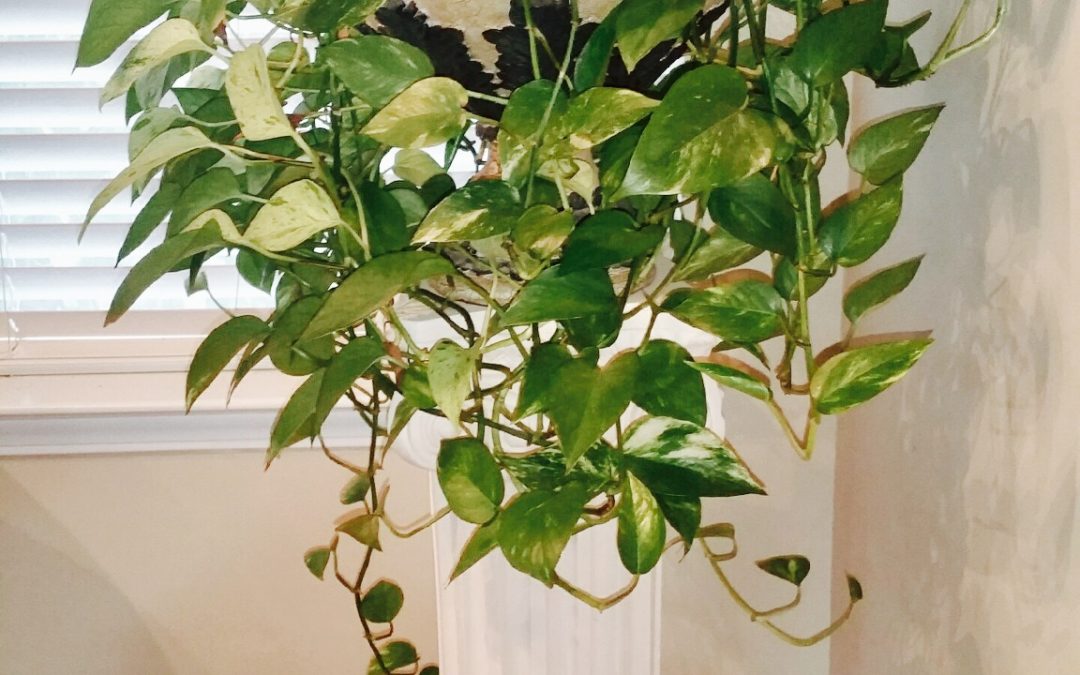Indoor plants can be great decorative elements of your home. However, a lot of times it can be difficult to maintain them healthy. In this blog you will find some tips to provide your plants with adequate growing conditions to make them thrive!
Soil
It is important to plant your indoor plants in a good potting mix. A good potting mix should drain properly, permit oxygenation of your plants’ roots, and be treated to reduce biological contaminants.
Nutrition
Like humans, plants require optimum nutrition to develop properly. To determine whether or not your plants are properly fed, you have to measure their soil water’s electrical conductivity (EC). The EC level is a good indication of the amount of nutrients available for your plants to absorb. You may use an EC meter, which you can purchase online for less than $20, to find out the EC level of your plants’ soil water. Most plants do well in soils with EC levels between 1.5 and 2.25. If these levels are lower than 1.5, you can feed your plants with a general-purpose fertilizer.
Water
All plants require water to survive. However, it is important to find out how much water your plants require. For example, some cacti require water once per week. On the other hand, hibiscuses require large amounts of water.
A lot of times tap water is treated with chlorinating agents. Large amounts of chlorine can be toxic to plants. To reduce the amount of chlorine in tap water, you can let the tap water sit for about 24 hours to allow for the chlorine to dissipate into the environment.
pH
A lot of times plants struggle to grow because their soil’s pH levels are not adequate. To find out the pH levels of your plants’ soil, you may use a pH meter, which you can purchase online for about $10. pH levels indicate how acidic or alkaline your plants’ soil is. Most plants do well in soils with pH levels between 5.5-6.5. Using a pH meter, vinegar, and baking soda, you can adjust the pH levels of a fertilizer solution you can use to feed your plants. Vinegar lowers the pH levels, while baking soda raises them. When making this solution, mix water and fertilizer (according to the manufacturer’s recommendations) and gradually add vinegar or baking soda to adjust the pH level according to the needs of your plants.
Light
Plants need light to undergo photosynthesis. It is important to maintain your plants in an area where they receive adequate sunlight. Determine if your plants grow better in full sun, partial sun, or shade and place them in an area of your home where these conditions are found.
Humidity
Most plants require humidity to thrive. Most homes have humidity levels below the requirements of most plants. The majority of plants prefer humidity levels between 40 and 60 percent. To raise the humidity levels of your home you can purchase a humidifier.
Diseases
Plants are prone to get bacterial, viral, and fungal diseases. A lot of times these diseases are transmitted to plants by different insects. The key to have disease-free plants is prevention. This is because once a disease becomes systemic, it is extremely hard to eradicate it from your plants. In the case of some viral diseases, this can only be accomplished through in vitro techniques where a diseased donor plant is used to create healthy clones. To prevent systemic diseases, maintain your plant in an area where there is good air circulation. Furthermore, you can utilize green products to control different pests. For example, neem oil is a green product that works good to control whiteflies and certain fungal and bacterial problems.

